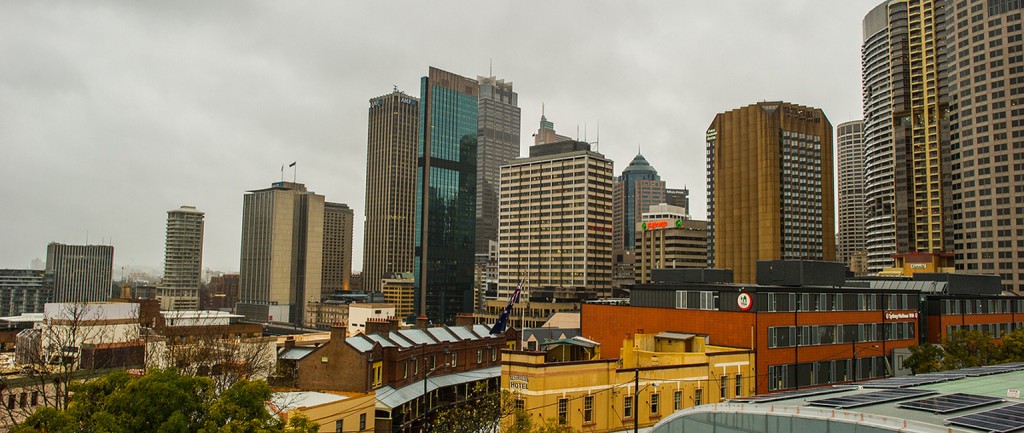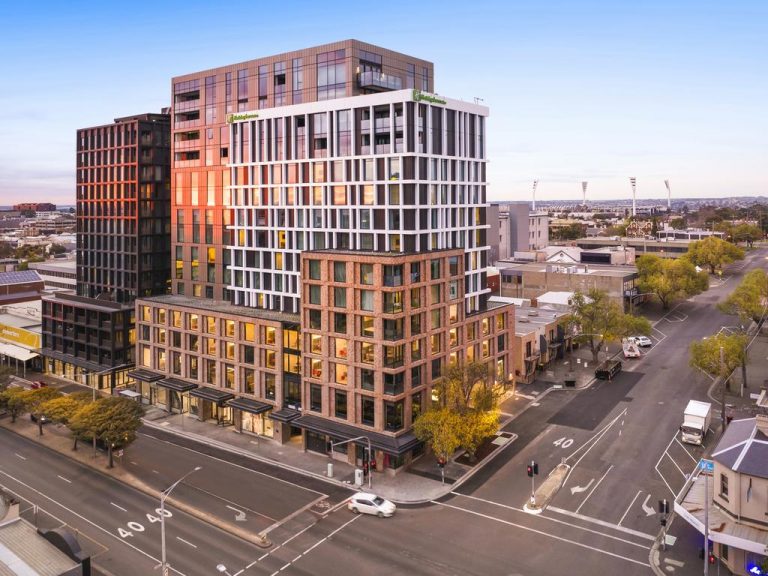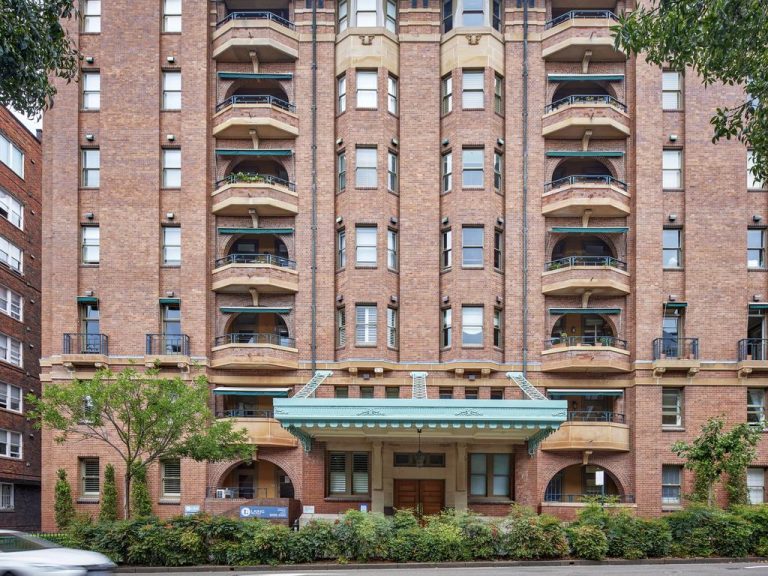Tech industry to push Sydney office market further ahead

Sydney’s office market flew the flag alone during the December quarter as Australia’s other capital cities experienced sharp declines in demand for space.
The harbour city enjoyed a 24% increase in office space demand in the final quarter of 2015 compared to the previous quarter, while Melbourne, Brisbane, Perth and Adelaide all fell away amid a 29% drop in leasing demand nationally, according to Colliers International.
And while Melbourne is expected to recover quickly during the first quarter of 2015, experts says the gap between Australia’s two largest markets and the rest of the country will continue to widen as they ride the technology boom.
Overseas buyers: Sydney, Melbourne lead pack for Asia-Pacific demand
Colliers’ Office Demand Index found that Melbourne led the way during the September quarter with demand reaching almost 240,000sqm, but plummeted 69% in the final three months of the year to just 74,880sqm.
It was a similar story in Australia’s other key markets, with Adelaide falling 82%, Brisbane shedding 31% and Perth down 18%.

Melbourne’s office leasing market is expected to rebound quickly in 2016.
Along with Sydney, only Canberra avoided the national trend, jumping 230% from 11,200sqm to almost 37,000sqm, thanks predominantly to the Federal Government’s Department of Education, Employment and Workplace Relations inking a new lease for 15,400sqm at 10-12 Mort St in the city.
Colliers International managing director of office leasing, Simon Hunt, says consumer and business confidence is driving the two-paced Australian market.
In the year ahead, the IT and communications sector will continue to drive tenant demand, particularly in Sydney, where LinkedIn, Expedia and Twitter have either taken new space or expanded their footprint
“This started to flow through to a number of markets at the beginning of 2015, with Sydney CBD office in particular showing a significant decline in vacancy over the year. This run is expected to continue to spread to other markets, with Melbourne CBD office in particular likely to experience strong demand conditions,” Hunt says.
“The biggest increase in demand was at the biggest end of the market, for space greater than 3000sqm.”
“With 52% more enquiry recorded in the 3000sqm-plus sector of the market, we can see that more big businesses are actively enquiring for office space than small businesses in the Sydney CBD at present.”

A Federal Government lease at 10-12 Mort St helped Canberra buck the national trend.
“We expect this trend to continue early in 2016 as activity picks back up post-Christmas.”
Hunt says IT companies are expected to dominate the office leasing landscape throughout 2016, after playing a significant part in 2015’s results.
Among the key deals finalised in the December quarter were Amazon’s lease of a 9230sqm space at 2 Park St in Sydney and German software company SAP’s new lease on Creek St in the Brisbane CBD.
“In the year ahead, the IT and communications sector will continue to drive tenant demand, particularly in Sydney, where LinkedIn, Expedia and Twitter have either taken new space or expanded their footprint,” Hunt says.
“US-based WeWork, the newest player in the short-term flexible office provider market, is also believed to be close to signing their first Australian lease in the Sydney CBD.”
Colliers International recorded an 8% in the amount of office spaced leased national in 2015, compared to 2014.







